adamasgem
Brilliant_Rock
- Joined
- May 23, 2003
- Messages
- 1,338
Strmdr: There is sometimes things lost or twisted in the translation from what "they" said and what is posted here, based on my personal experiance with certain people.. More later on this.. as I am considering preparing what has been termed before on a wholesale web site, "a shotgun enema" for special delivery.Date: 3/20/2006 12:49:50 AM
Author: strmrdr
They told Michael they were down grading them when they arent as shown by the cert I posted earlier.
An arbitrary statement about downgrading is just wrong, but it serves some people''s purpose
The amount painting has to considered in terms of the rest of the crown and pavillion parameters, based on ray trace studies, and it is the net result that AGS is analysing for performance.
AGS gave cutters examples of painting combination as a function of crown and pavilion angles versus table size that would result (for a purely symmetric stone) in a potential AGS 0 grade. These potential sets will vary with lower girdle length also.



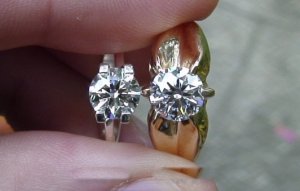
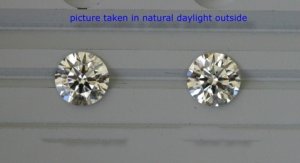
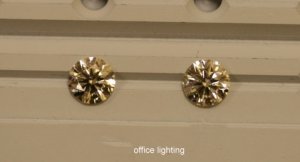




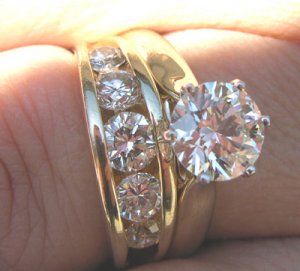
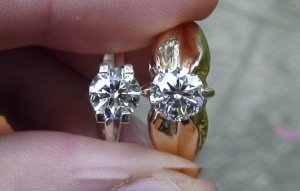


300x240.png)